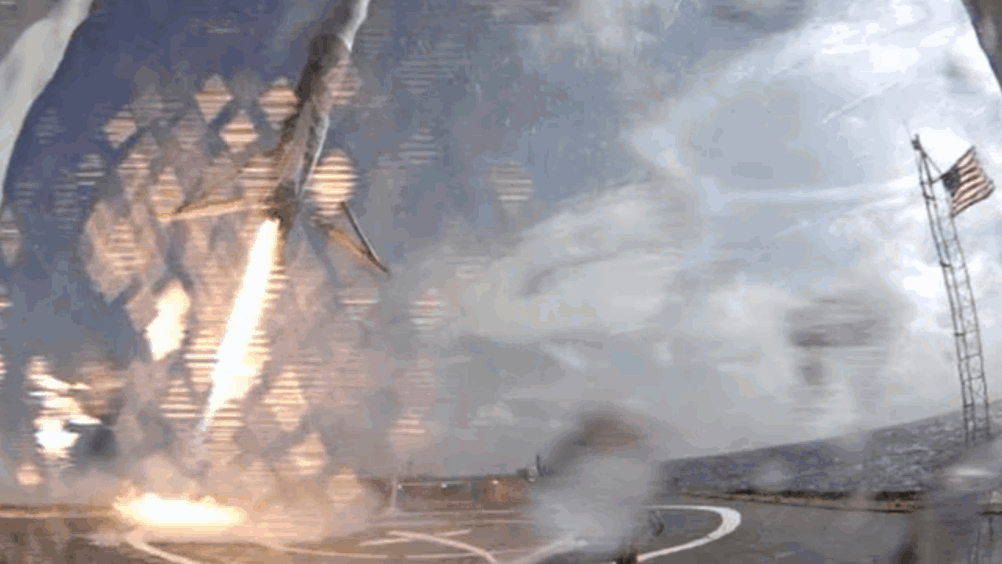Excess lateral velocity scuppers rocket landing at sea
SpaceX has narrowly failed in its latest attempt to land a reusable rocket booster following a successful launch.

SpaceX’s Falcon 9 rocket and Dragon spacecraft took off from Cape Canaveral in Florida on April 14, 2015 as part of its sixth official mission to resupply the space station for NASA.
Falcon 9 was carrying the Dragon spacecraft, which is loaded with approximately 4,300 pounds of supplies bound for the International Space Station (ISS).
As part of the mission, Falcon 9’s first stage attempted a precision landing on Space X’s autonomous spaceport drone ship as part of ongoing attempts to land and recover a rocket after it completes its primary mission.
Elon Musk, SpaceX CEO, used Twitter to say that the stage made it to the drone ship and landed, but excess lateral velocity caused it to tip over.
SpaceX’s next landing and recovery attempt will occur during the CRS-7 mission, currently scheduled for June 2015.

Register now to continue reading
Thanks for visiting The Engineer. You’ve now reached your monthly limit of news stories. Register for free to unlock unlimited access to all of our news coverage, as well as premium content including opinion, in-depth features and special reports.
Benefits of registering
-
In-depth insights and coverage of key emerging trends
-
Unrestricted access to special reports throughout the year
-
Daily technology news delivered straight to your inbox










Water Sector Talent Exodus Could Cripple The Sector
Maybe if things are essential for the running of a country and we want to pay a fair price we should be running these utilities on a not for profit...